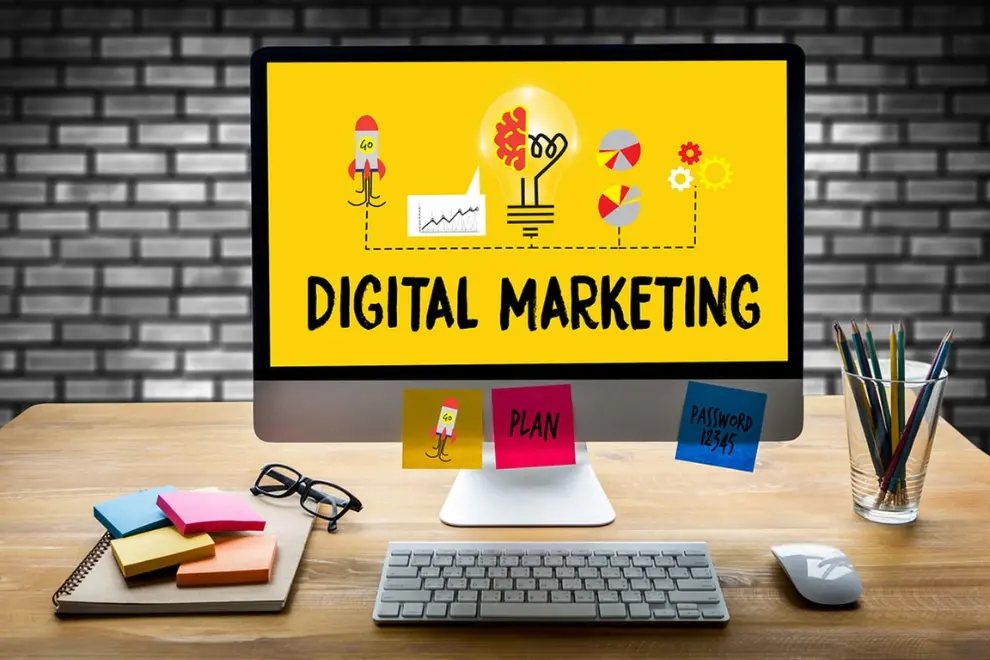In 2025, businesses are constantly evaluating the most effective ways to reach their audience, and the battle between traditional and digital advertising continues to evolve. While traditional advertising methods like TV, print, and radio have stood the test of time, digital advertising is rapidly growing and transforming the way brands connect with consumers. But with both options presenting unique advantages and challenges, which advertising strategy is truly the most effective? Let’s dive deep into the traditional vs. digital advertising debate and explore what works best in 2025.
The Landscape of Advertising in 2025
Before comparing traditional and digital advertising, it’s important to understand the broader context of the advertising industry in 2025. Digital technology has already revolutionized how businesses approach advertising, but traditional methods still maintain a significant presence. Consumer behavior has shifted significantly, with many people relying on their mobile devices and the internet for information, entertainment, and shopping. Yet, traditional advertising is far from obsolete. Marketers must weigh the pros and cons of each approach based on their goals, target audience, and available resources.
Traditional Advertising: Tried and Tested
Traditional advertising includes channels like television, radio, print (newspapers and magazines), billboards, and direct mail. These methods have been used for decades, offering brands a more “tangible” presence in consumers’ lives. Let’s look at the pros and cons of traditional advertising in 2025.
Pros of Traditional Advertising
- Wide Reach and Authority: TV, radio, and print media are still highly influential in reaching broad audiences. Major networks and well-established newspapers or magazines have built trust over time, giving your brand instant credibility when you advertise through these channels.
- Brand Awareness: Traditional advertising is great for building brand awareness. For example, a well-placed TV ad during a prime-time show or a billboard on a busy highway ensures that large numbers of people are exposed to your brand.
- Local Impact: Traditional advertising can be highly effective for local businesses targeting a specific geographic area. Local TV, radio stations, and print publications allow companies to tap into their immediate market more effectively than digital platforms.
- Less Competition for Attention: While digital ads are often drowned out in a sea of other online content, traditional advertising often has fewer competing messages, especially in niche markets.
Cons of Traditional Advertising
- High Costs: One of the main drawbacks of traditional advertising is the cost. TV commercials, magazine ads, and billboard placements can be expensive, especially for smaller businesses with limited budgets.
- Limited Targeting: Traditional advertising generally lacks the granular targeting that digital advertising offers. Ads are broadcast to a broad audience, and businesses have little control over who exactly sees their messages.
- Limited Measurability: Traditional advertising doesn’t provide the same level of detailed analytics that digital platforms can offer. Tracking ROI and measuring engagement is more challenging, making it harder to optimize campaigns.
- Declining Audience: With the rise of on-demand streaming services, podcasts, and online media consumption, traditional TV and radio broadcasts have seen a steady decline in viewership and listenership, especially among younger demographics.

Digital Advertising: The Future is Now
In contrast to traditional methods, digital advertising has become increasingly popular, with various platforms such as social media, search engines, display ads, email marketing, and influencer collaborations at the forefront. As technology evolves, so does digital advertising, offering marketers more personalized, targeted, and measurable options.
Pros of Digital Advertising
- Precise Targeting: One of the most powerful features of digital advertising is its ability to target specific demographics, interests, behaviors, and even geographical locations. Platforms like Facebook, Google, and YouTube allow businesses to customize their ads for highly specific audience segments, ensuring that the right message reaches the right person.
- Cost-Effective: Digital ads are typically more affordable than traditional advertising, with options to start small and scale over time. Platforms like Google Ads or Facebook Ads offer flexible pricing models, including pay-per-click (PPC), allowing businesses to control their budget more efficiently.
- Real-Time Analytics and Optimization: Digital advertising provides instant feedback, making it easier to measure performance, analyze key metrics, and optimize campaigns in real time. This allows businesses to adapt quickly and improve results continuously.
- Global Reach: Digital advertising has no geographical limitations, making it an ideal choice for global businesses or those looking to expand into international markets. Whether it’s a Facebook ad in North America or a Google display ad in Asia, digital advertising can reach people across the world instantly.
- Engagement and Interactivity: Digital ads offer the ability to create more engaging experiences. Social media ads, for example, can be interactive, allowing users to comment, share, or even purchase directly from the ad. This interaction builds deeper connections with the audience.
Cons of Digital Advertising
- Ad Fatigue and Banner Blindness: With the proliferation of digital ads, many consumers have become immune to banner ads or display ads, often ignoring them altogether. This is known as “ad fatigue.” It can be harder to grab and maintain attention in a crowded online space.
- Privacy Concerns: With increasing concerns about data privacy, digital advertising is facing regulatory hurdles. Laws like GDPR and CCPA have made it more difficult for businesses to collect personal data, which can limit ad targeting capabilities.
- Constant Evolution: The digital advertising landscape is rapidly changing. New platforms, algorithms, and tools emerge frequently, and staying up-to-date with these changes can be challenging. What worked last year may not be as effective in 2025.
- Dependence on Platforms: Digital advertising often requires reliance on third-party platforms like Google, Facebook, or Instagram. These platforms control your ad distribution and can change their algorithms or ad policies at any time, potentially affecting your campaign performance.
Which Advertising Strategy Works Best in 2025?
Ultimately, the choice between traditional and digital advertising depends on your business goals, target audience, and budget. Here are some key considerations to help guide your decision:
- Target Audience: If you’re targeting a broad demographic with a high level of trust in traditional media, TV, radio, or print ads may still be effective. However, if you want to reach specific age groups, interests, or behaviors, digital advertising provides much more precision.
- Budget: Traditional advertising tends to have higher upfront costs, while digital advertising allows you to scale according to your budget. Small businesses, in particular, may benefit from the cost-effective nature of digital advertising.
- Campaign Goals: If your goal is to build brand awareness or create a memorable, impactful presence, traditional ads may work well for larger, more established brands. But if you’re focused on driving sales, generating leads, or optimizing customer interactions, digital advertising’s measurable results and real-time adjustments are invaluable.
- Industry Type: Some industries, like local services or retail, may still benefit greatly from traditional advertising, especially if they’re trying to reach a local audience. On the other hand, tech, e-commerce, and entertainment companies often thrive with digital marketing strategies.
As we move further into 2025, the debate between traditional and digital advertising continues to shape the marketing strategies of businesses worldwide. Both have their strengths and weaknesses, but the key is knowing how to leverage each method to complement your overall marketing plan. In many cases, a hybrid approach—integrating both traditional and digital strategies—may deliver the most powerful results. By blending the broad reach and credibility of traditional advertising with the precision, flexibility, and real-time optimization of digital advertising, businesses can create a comprehensive and effective strategy that maximizes their marketing potential.
To succeed in 2025 and beyond, it’s crucial for businesses to adapt to emerging trends, understand their audience, and make informed decisions based on their unique needs. Traditional advertising still has its place, but digital advertising is undoubtedly the future. Embrace the best of both worlds and watch your brand thrive in an ever-changing advertising landscape.


